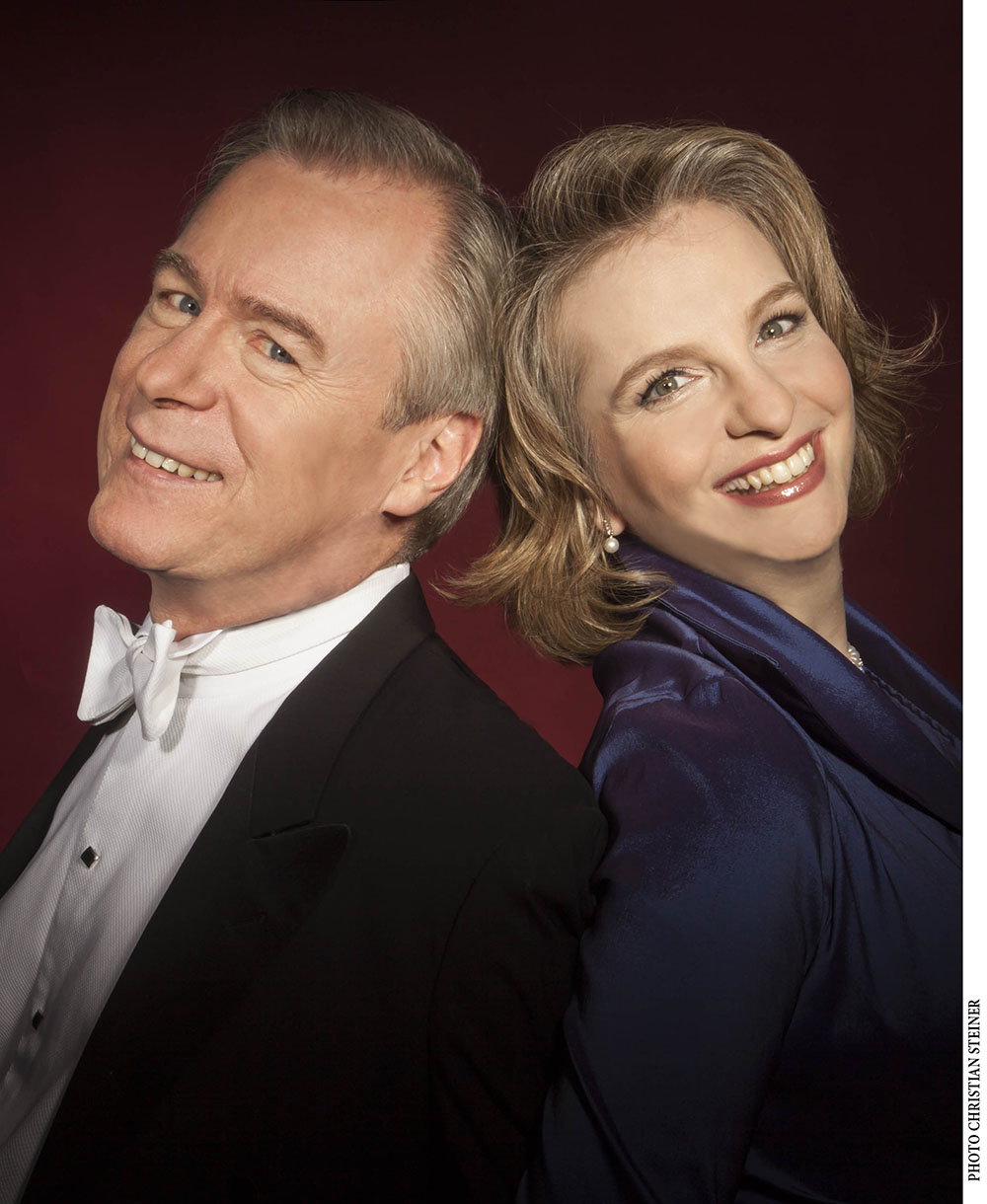
World premiere of David Robertson Piano Concerto
November 15, 2022
In October 2022, Orli Shaham gave the world premiere performance of David Robertson's piano concerto "Light Forming" with the Orlando Philharmonic led by Eric Jacobsen.
Here are the composers program notes.
"Light forming"
a piano concerto
1. “...la musique incertaine de leur voix…”
2. Anfore del cuore
3. Rounding to Joy
Written for and dedicated to Orli Shaham. Commissioned by the Orlando Philharmonic Orchestra, Eric Jacobsen, Music Director, 2022.
The pianist Orli Shaham and I met for the first time in January 1999 at the soloist–conductor meeting before our first rehearsal of Chopin’s E minor concerto in St. Louis. Her singing tone, richly shaded approach to harmony, and exquisite ability to shape phrases spoke to me immediately. From then on I have been hooked on her artistry. In the intervening years we have performed north of twenty-five concertos together ranging from Mozart to Mackey. We have also raised a family together, complete with human and canine members.
All of this is to say that when Orli, together with Eric Jacobsen, floated the idea of a piano concerto to me in March of 2020, it was a delight to imagine the sounds she would make. Writing for a particular performer has always been a boon to composers, and in this case my ear could reference the exact sound Orli can make in Beethoven, Bartok, Messiaen, or Ravel. It was thus clear to me that my concerto would fall in line with the music already present in her vast repertoire. Not being a pianist myself, it was liberating to think purely in musical terms.
Keyboards are the only members of the instrumental family that can be entirely self-sufficient. At the same time, their wonderful ability to play multiple lines, explore vertical harmony, and span an enormous pitch range sits in contrast to the ability of most orchestral instruments to sustain, become louder or softer on the same tone, or even move smoothly in smaller increments than the keyboard division of twelve notes per octave. Exploring the overlapping and differing points of view between the orchestra and the pianist was my main starting point.
I knew from the beginning that I wanted to write a work of around twenty-one minutes, in order to have a companion work for another shortish work for piano and orchestra. I chose the highly original fast–slow–fast format of three contrasting movements, played without a break. The choice of orchestra size was made with a nod to Wolfgang's instrumentation: woodwinds by twos, a pair of horns and trumpets, timpani, and strings. My one contemporary indulgence was the addition of an agile percussionist.
The sounds people make when talking have always been fascinating to me. The musical sensation of listening to a language one doesn’t speak, hearing subtly volatile speech sounds, gradually gives way to a focus on meaning as we become conversant in the language. It remains for poets and composers, Janáček and Reich come to mind, to make us once again aware of the music wedded to spoken words. I have always loved a line in Proust’s Sodom and Gomorrah where he speaks of “the uncertain music of their voices.” Similarly, the poems of Stéphane Mallarmé often flicker between the sound and sense of a phrase, an inherently musical approach. My first movement takes its inspiration from the poem in his prose piece La Déclaration Foraine and presents the piano as able to pull meanings from the spoken inflections of the sonnet.
Much of this work was sketched in snatched moments between conducting engagements (AKA my day job). I would use the time off between rehearsals or performances to note down ideas that had occurred to me. While in Rome, I visited Trajan’s Market and the Museum of the Imperial Fora where, among the many fascinating artifacts from the past, I came upon a room filled with amphoras. While I had seen these clay vessels before and knew that they were used to transport varied liquids around the Mediterranean, the particular layout of the room deep within the ancient walls of the Forum and filled to the ceiling with row upon row of large amphoras was strangely moving. The amphora’s two handles necessitate both hands’ participation for transporting. This image led me to the two-fisted piano chords which form the basis of that movement.
During the pandemic, it sometimes felt difficult to shake a gnawing sense of foreboding. Yet one of the great sources of solace for us all resides in the wonder and delight that music can bring. It is still surprising, when you learn of what was going on in composers’ lives, to realize that some of their most joyous music was written in times of personal sadness. The sudden death of my mother many years ago created a sadness unlike any I had ever known, yet I remember vividly my surprise at how conducting a program of Rossini somehow magically stitched back together the fragments of a broken heart. This is perhaps the most miraculous gift that music can give us. My final movement is an exuberant, grateful dance around the light and love that Orli is constantly bringing to me ever since that first lucky meeting almost twenty-four years ago.